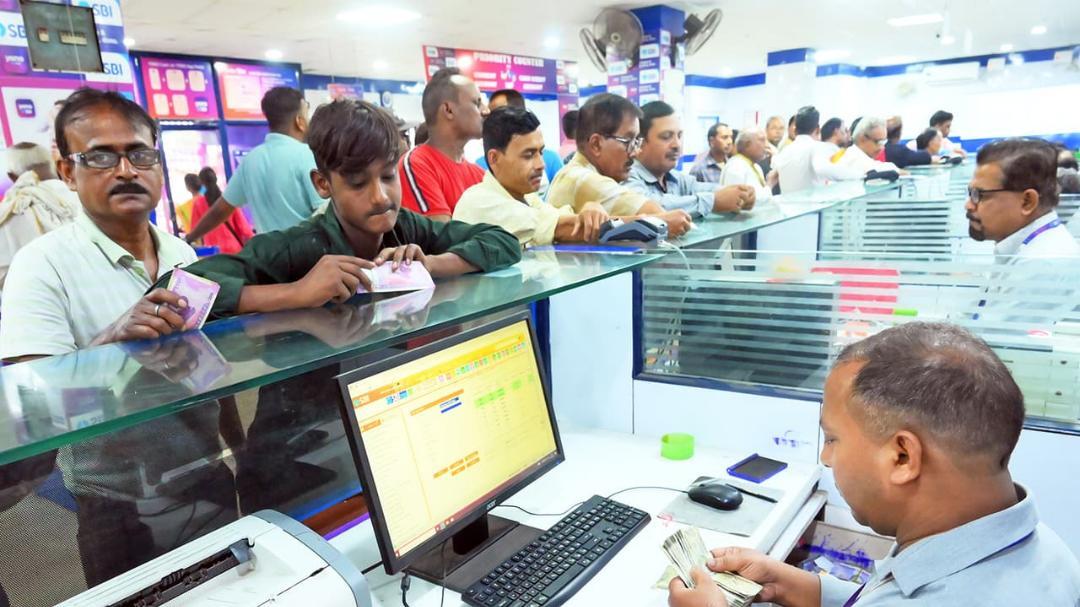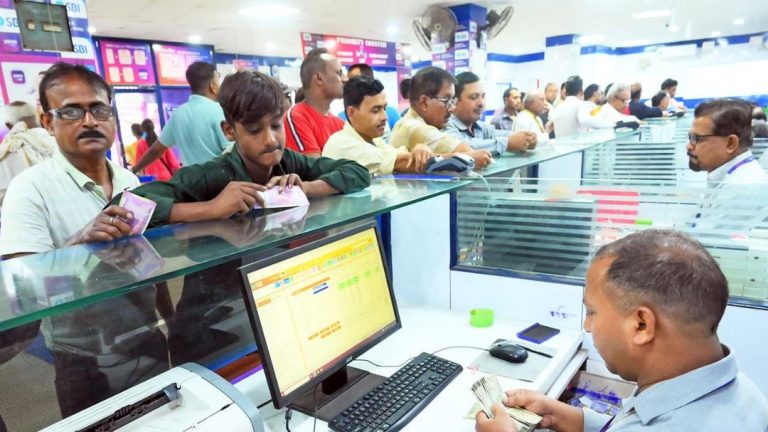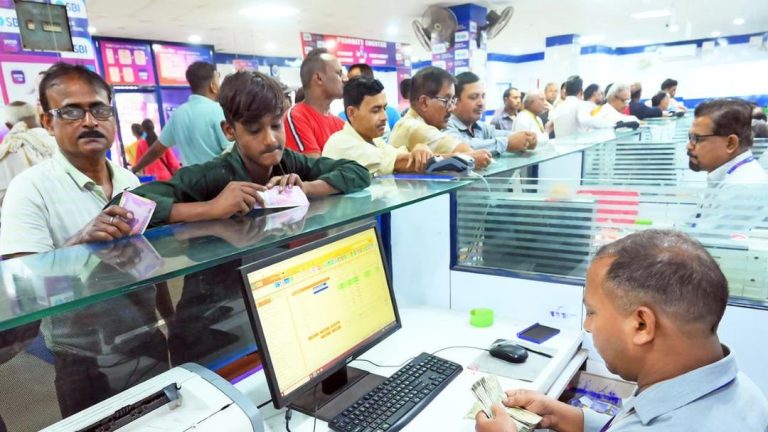
RBI’s Government Securities Holdings Jump to 14.2%: SBI Report
The Reserve Bank of India’s (RBI) share in government securities has witnessed a significant surge, reaching 14.2% in June 2025, up from 11.9% last year. This notable increase has been highlighted in a recent report by the State Bank of India (SBI). The report also reveals that banks have reduced their exposure to government securities, while insurance companies’ holdings have remained stable. As the central and state governments prepare for heavy borrowings in the coming months, bond yields are likely to stay rangebound. Furthermore, the RBI’s interventions in the foreign exchange market have tightened liquidity, prompting the central bank to initiate fresh Open Market Operations (OMO) moves.
The RBI’s increased holdings of government securities are a result of its efforts to manage liquidity and stabilize the bond market. The central bank has been actively involved in buying and selling government securities through OMOs to regulate the money supply and maintain financial stability. The recent surge in the RBI’s holdings suggests that it has been proactive in supporting the government’s borrowing program and maintaining order in the bond market.
The reduction in banks’ exposure to government securities is a significant development, as it indicates a shift in their investment strategies. Banks have traditionally been major buyers of government securities, but they seem to be diversifying their portfolios in response to changing market conditions. This could be due to various factors, including the RBI’s tightening of liquidity, which has made it more challenging for banks to invest in government securities.
On the other hand, insurance companies have maintained their holdings of government securities, which is a positive sign for the bond market. Insurance companies are long-term investors, and their stability in the market helps to provide a steady source of demand for government securities. This stability is crucial, especially during times of high borrowing by the government, as it helps to maintain investor confidence and prevent bond yields from rising sharply.
The upcoming heavy borrowings by the central and state governments are likely to keep bond yields rangebound. The government’s borrowing program is expected to put pressure on the bond market, which could lead to higher yields. However, the RBI’s interventions, including its OMOs, are likely to prevent yields from rising too sharply. The central bank’s actions will help to maintain stability in the bond market and prevent any sharp increases in yields that could impact the government’s borrowing costs.
The RBI’s interventions in the foreign exchange market have also had a significant impact on liquidity. The central bank has been selling dollars to prevent the rupee from appreciating, which has tightened liquidity in the system. This has prompted the RBI to initiate fresh OMOs to inject liquidity into the market and prevent any disruptions to the financial system. The RBI’s actions demonstrate its commitment to maintaining financial stability and preventing any adverse impacts on the economy.
In conclusion, the RBI’s increased holdings of government securities, as highlighted in the SBI report, are a significant development in the bond market. The reduction in banks’ exposure and the stability of insurance companies’ holdings are also noteworthy trends. As the government prepares for heavy borrowings, the RBI’s actions will be crucial in maintaining stability in the bond market and preventing any sharp increases in yields. The central bank’s interventions in the foreign exchange market and its OMOs will also play a vital role in regulating liquidity and preventing any disruptions to the financial system.
As the bond market continues to evolve, it is essential to monitor the RBI’s actions and their impact on the market. The central bank’s commitment to maintaining financial stability and supporting the government’s borrowing program will be critical in the coming months. With the RBI’s increased holdings of government securities and its proactive management of liquidity, the bond market is likely to remain stable, despite the challenges posed by heavy government borrowings.
The SBI report highlights the complexities of the bond market and the various factors that influence it. The report’s findings demonstrate the importance of the RBI’s actions in maintaining stability in the market and preventing any adverse impacts on the economy. As the bond market continues to navigate the challenges posed by government borrowings and liquidity conditions, the RBI’s interventions will remain crucial in determining the direction of the market.
In the coming months, it will be essential to monitor the bond market closely and track the RBI’s actions. The central bank’s decisions will have a significant impact on the market, and its ability to maintain stability will be critical in supporting the government’s borrowing program. With the RBI’s increased holdings of government securities and its proactive management of liquidity, the bond market is likely to remain stable, despite the challenges ahead.




